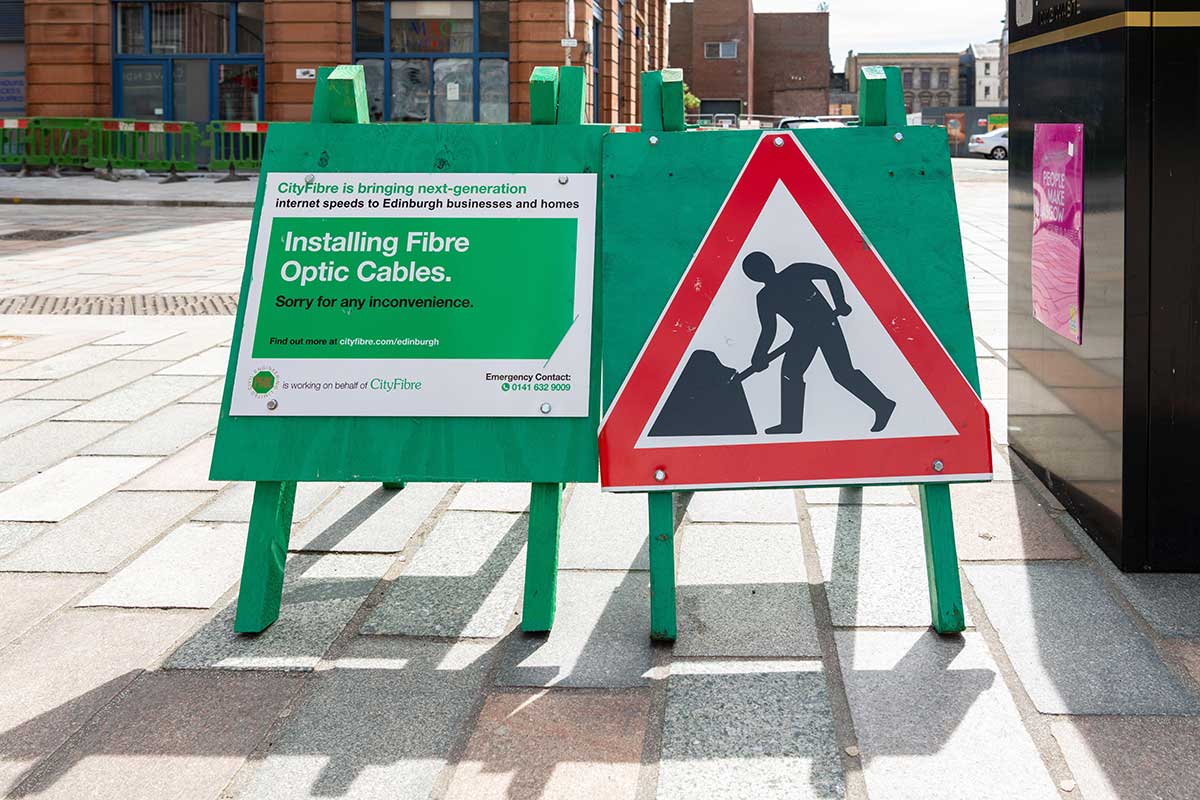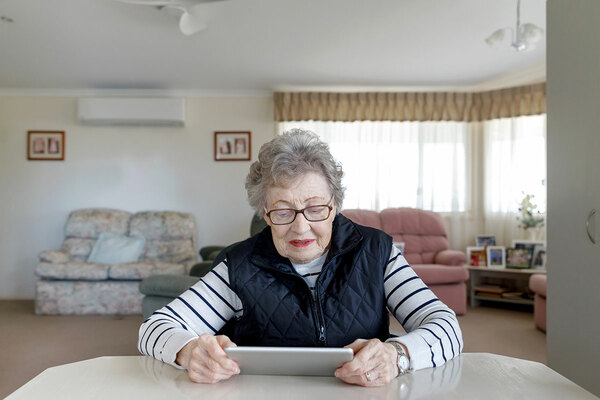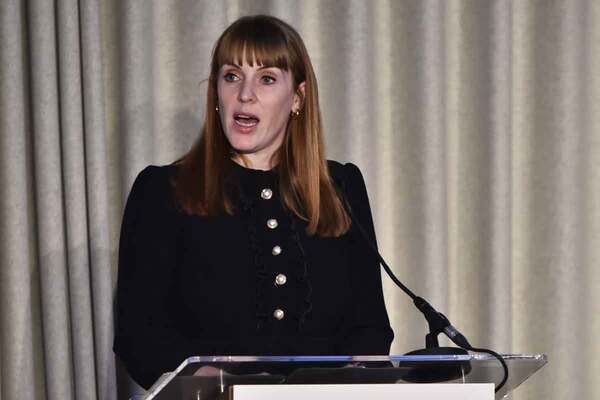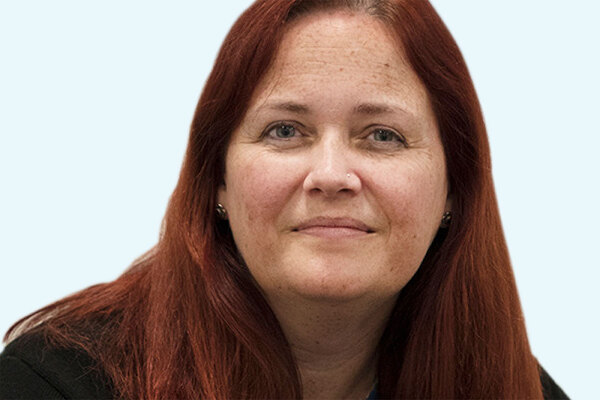Are residents getting access to fast broadband?
Inside Housing and fibre network infrastructure provider CityFibre ran a survey to see if organisations are supporting residents with full fibre
In association with:
![]()
In June 2019, while running for the Conservative party leadership, Boris Johnson said he wanted full-fibre broadband to be available to every home in the UK by 2025. At the time, he spoke of productivity gains and uniting a post-Brexit Britain.
But six months later, a virus would be identified in Wuhan, China, and three months after that, there would be different and more pressing reasons for homes to need fast broadband – namely to support education, employment, access to public services and some form of social connection during the first of three national lockdowns due to the pandemic.
For the vision of a full-fibre Britain to become a reality, social housing will be key.
But to what extent does the sector view this as a priority? Has the sense of urgency changed since COVID-19 hit? What barriers might be preventing all those in social housing from having access to superfast broadband?
To discover the answers to these and related questions, Inside Housing has conducted a survey.
Run in association with CityFibre, it has drawn responses from a cross-section of the social housing sector.
A significant minority (around 20%) tell us supporting residents’ access to full-fibre broadband is seen as a high-priority issue in the organisation.
Almost half of those who have responded, however, say it is merely seen as one of many priorities.
Interestingly, there is no consensus on whether full-fibre has become more important during the pandemic. Around half of respondents say it is now more of a priority, while the other half say there has been no change.
For Sanjay Sudra, senior strategic wayleave manager at CityFibre, these results very much chime with his experience. “Prior to the pandemic, it had often been hard to engage [with social landlords] or even have
that first initial conversation,” he says.
“When lockdown happened, people we had been trying to get hold of to have a face-to-face meeting suddenly agreed to have Teams meetings, and we saw major uptakes.”
He also says, though, that confusion over what the process of giving homes access to full-fibre broadband entails has in some instances led to slower progress.
Indeed, those who have responded to our survey say that they are not necessarily familiar with one key part of this: wayleave agreements, which grant infrastructure providers permission to access a building and carry out a survey to determine what work is needed to connect to full fibre.
Only 37% of our respondents say they have a very good understanding of the process. For some, this will be because their roles do not directly cover such agreements.
But, even so, a broader knowledge of the process across social landlords – knowing that the agreements merely grant access for a survey, not installation – may be helpful in accelerating access to full-fibre broadband across the sector.
In addition, there are worries about the process possibly being time-consuming. One manager at a local authority says the organisation “fully supports” the provision of full fibre.
“However the time it takes to initially agree the wayleave and then for a surveyor to sign off every build plan – required for each of our estates – puts enormous pressure on an already stretched service,” they say.
In numbers
20%
Respondents who see supporting residents’ access to full fibre as a high priority
37%
Respondents who have a very good understanding of wayleave agreements
Landlords will also need reassurance that any infrastructure providers are working safely. A quarter of respondents say their organisations are worried about giving network providers access to their properties.
“I would say there are big challenges around building safety where a network is installed internally and cables pass through fire compartments,” says Peter Butler, business development manager at Origin Housing.
“As a landlord, we are responsible for the competency of operatives working in our buildings, yet obviously they are not our contractors and ensuring buildings are left safe and to the required standard places a strain on teams who are already stretched post-Grenfell.”
As one respondent puts it: “This project [to install full-fibre broadband] cannot be seen in isolation from the building safety agenda and work. Contract management, work quality and strong quality assurance and partnership working will be key to delivering full fibre successfully and safely.”
So what are the further barriers to social landlords arranging access to full-fibre broadband for all properties?
Around 42% of those who have answered our survey speak of other issues being seen as more pressing – to be expected given the pressures on the sector, compounded by the pandemic.
The most commonly cited barrier, however, is a worry about tying residents to only one internet service provider and so removing the competition, which can help secure best prices.
Regardless of the priority level being placed on full-fibre broadband access by individual organisations, it is clear from our survey that there is an understanding of why such access could be valuable.
Asked to name what they see as the most important reason to secure this for their residents, 38% of our survey respondents say an enhanced ability to engage with tenants digitally.
Around a quarter speak of supporting improved employment opportunities, while 17% speak of improved educational opportunities.
Peter Walker, director at A2Dominion, puts it very simply: “Fast broadband is increasingly seen as the fourth key utility.”
How to ensure its consistent delivery across all social properties will, however, require further discussion.
Sign up for our daily newsletter
Already have an account? Click here to manage your newsletters














